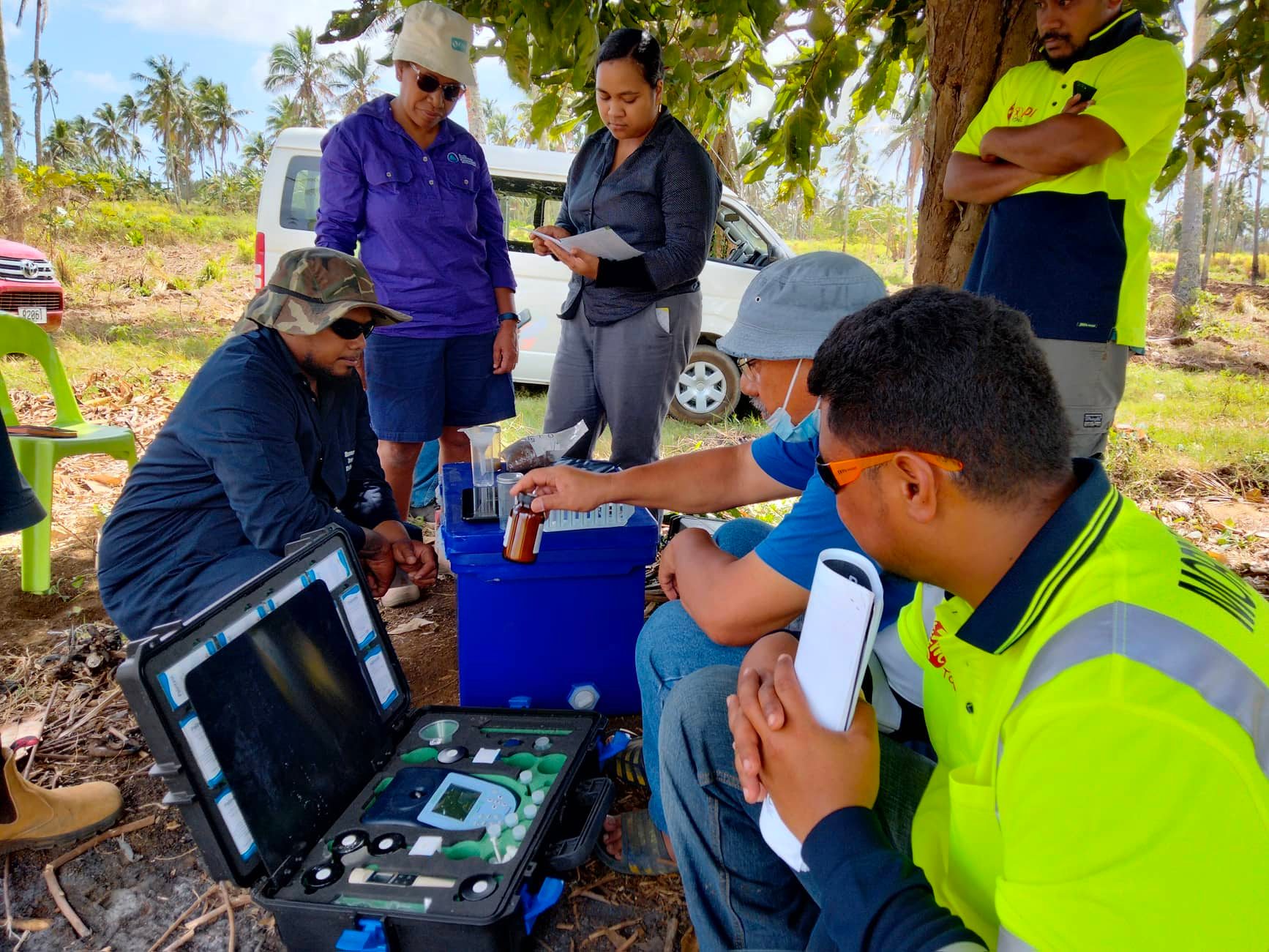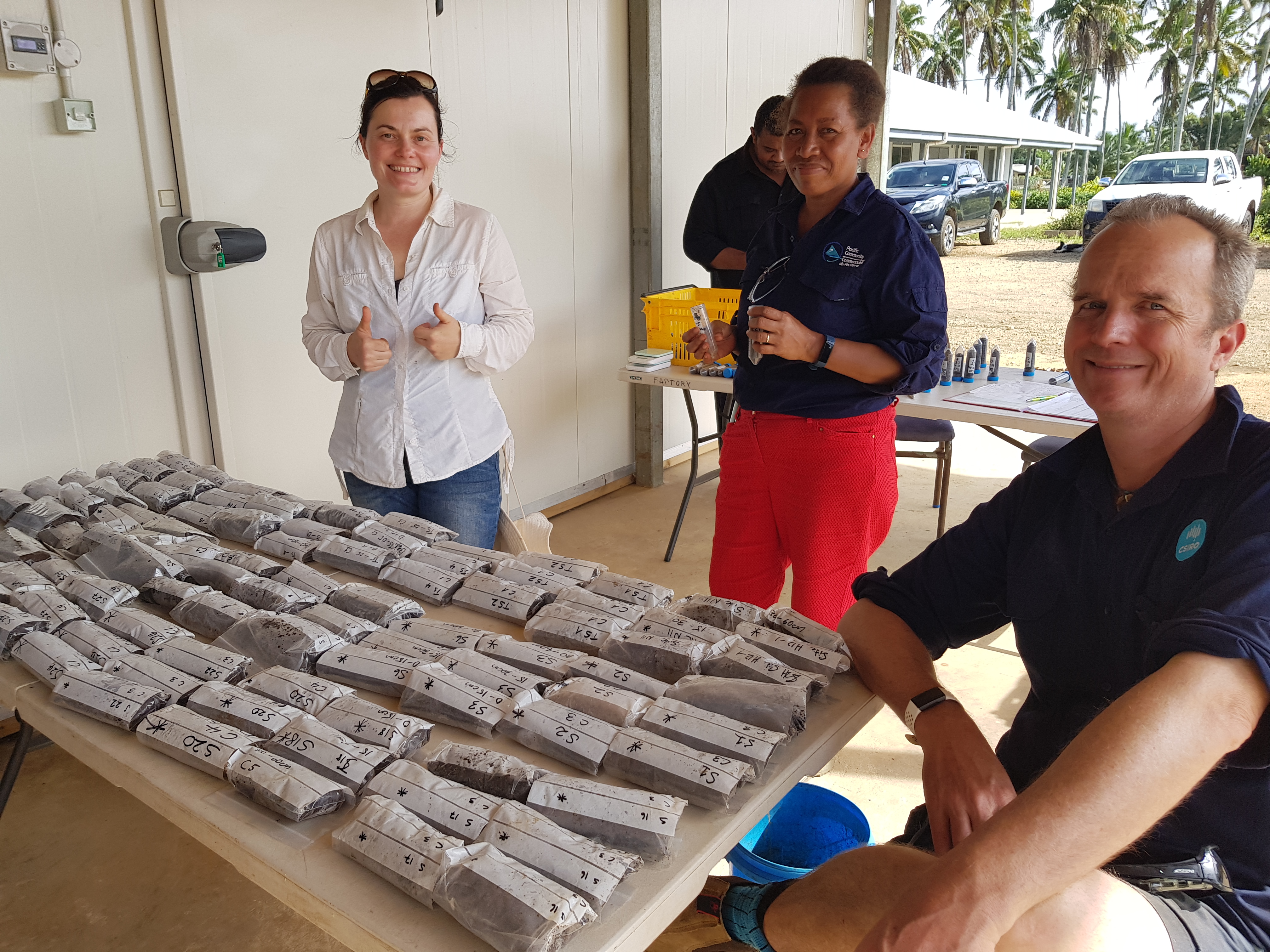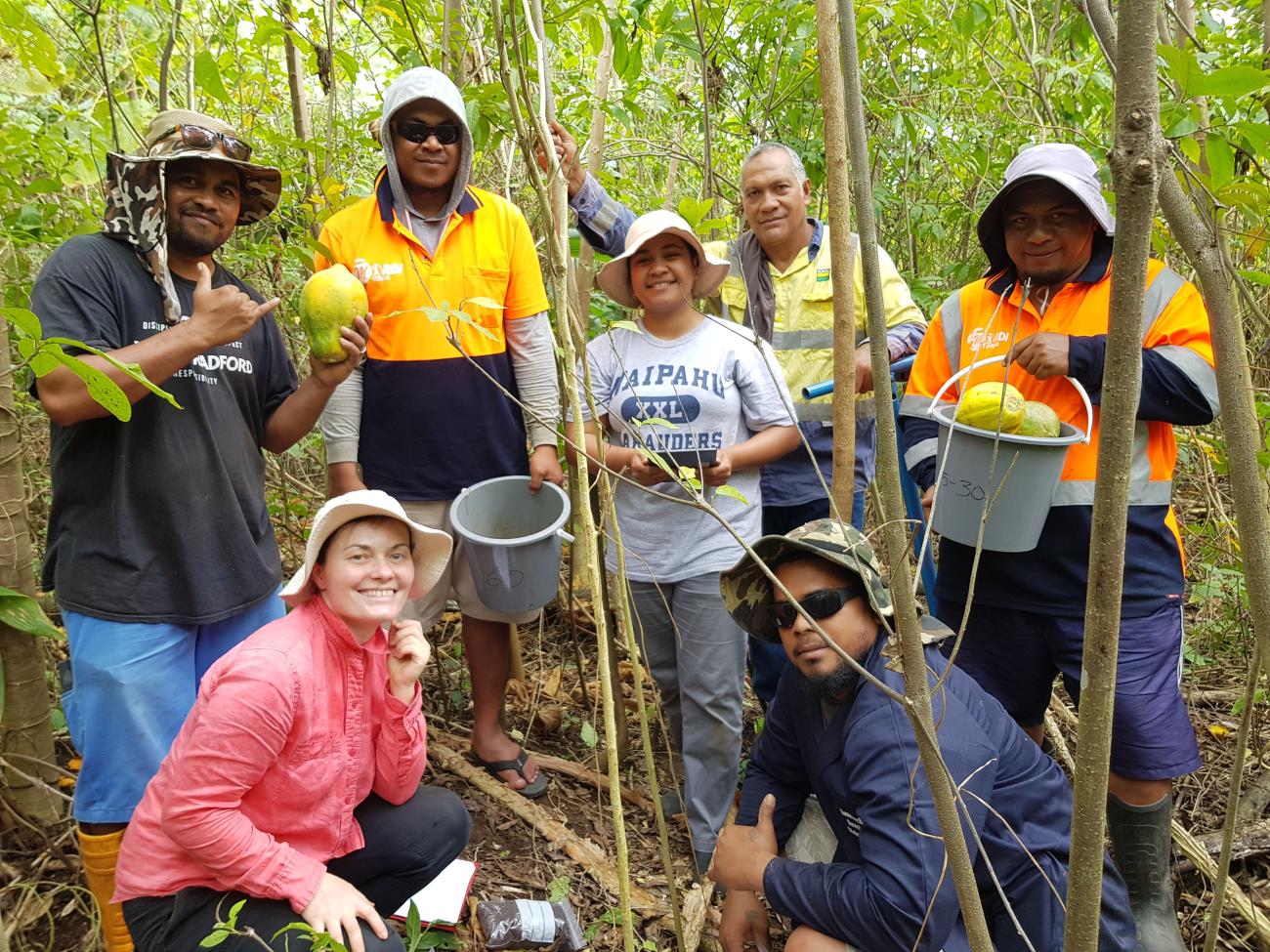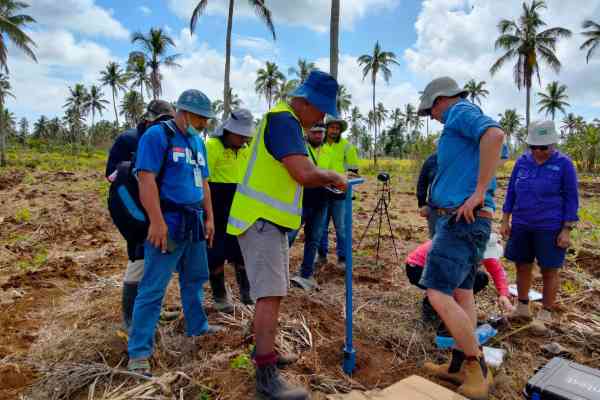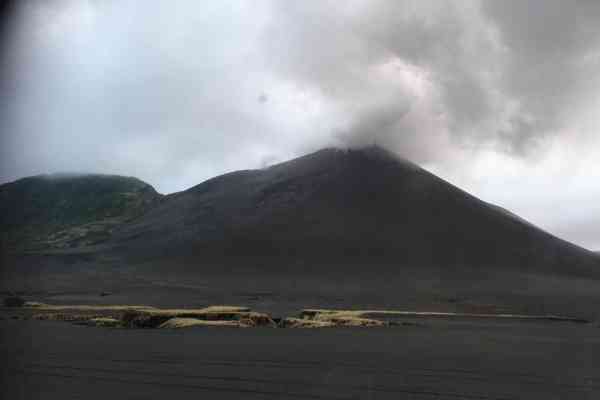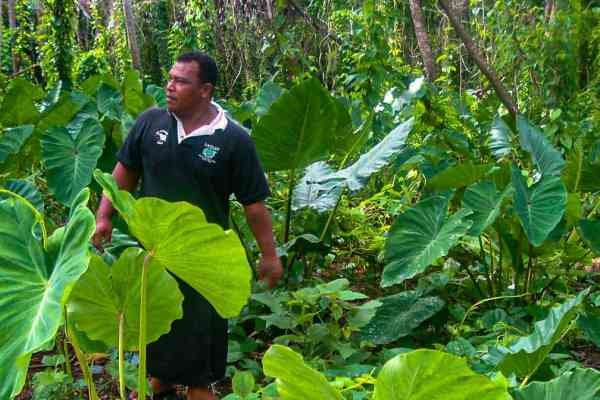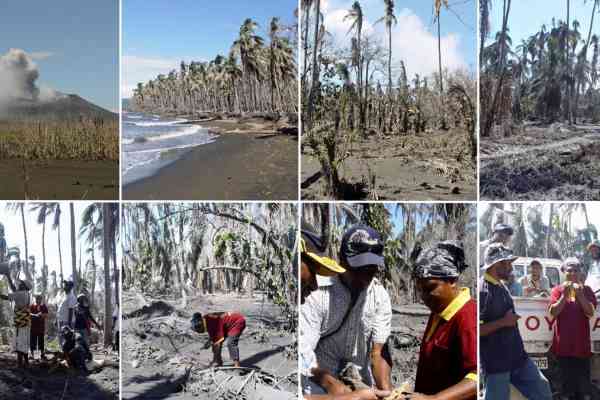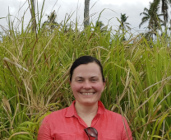 Meet Dr Uta Stockmann, Team Leader Proximal Sensing, at the Commonwealth Scientific and Industrial Research Organisation (CSIRO) Agriculture and Food, as she discusses the main objectives of their core soil sampling activity in Tonga last month.
Meet Dr Uta Stockmann, Team Leader Proximal Sensing, at the Commonwealth Scientific and Industrial Research Organisation (CSIRO) Agriculture and Food, as she discusses the main objectives of their core soil sampling activity in Tonga last month.
Describe the field soil survey project that your team carried out in the kingdom of Tonga and its purpose?
This field soil sampling project is funded by the New Zealand Ministry of Foreign Affairs and Trade, with the main purpose of exploring the impact of the ash deposits on Tonga’s agricultural soil after the volcanic eruption and the tsunami that occurred in Tongan waters earlier this year.
This work is both a short-term response to soil and food security and will provide critical information to support the longer-term decision-making and building of a more resilient agricultural sector for Tonga.
The geolocations of where the soil samples were taken from are very important to assess the impact and we were very lucky to have existing soil information data from the 1970s and 2018 that were taken in the same locations. We were able to go back to these historic legacy sampling locations to study how the soil properties have changed over time, the soil organic carbon content for example and how much the soil’s nutrients have been depleted throughout the agriculture production years compared to natural forest. The natural forests serve as our reference sites. The soil survey will help us come up with recommendations for soil management practices to advise farmers, such as incorporating residue plant and biomass back into the soil to basically replenish the nutrients that were taken out with the crops during harvest.
How important is this work?
This work will benefit the island because immediately after the volcanic eruption and tsunami in February our in-country partners took soil samples, particularly in the most affected areas on the western side of Tongatapu Island, where they noticed after soil laboratory analysis; an increase in salts (sodium chloride), which can impact crop growth, and the structure of the soil, leading to erosion. The soil samples that we took from those areas will help us determine what has happened since February: have the salts washed out of the soil profile or is there anything else we should be aware of or address?
What will you do with the soil data collected?
We are planning to incorporate all these soil data that we have captured around Tongatapu island into the Pacific Soils Portal that was generated as part of an Australian Centre for International Agricultural Research (ACIAR) funded project looking into soil management. We will basically digitise and capture the soil and land use data generated from this soil survey, and will store these in the portal, so that they can be accessed by the Pacific Island Countries and Territories (PICT), researchers, policy makers and relevant government ministries to guide them on what to grow in their soil, etc.
What have been some of the challenges faced during the survey?
One of the biggest challenges in the agriculture sector is getting advice and recommendations to farmers in a timely manner. During our field survey we’ve been using a rapid soil analysis tool called the Soil Palin test kit, which provides an assessment of the nutrient status of the soil (NPK), and – also trained each other on how to use it and give generalised advice to growers from the in-field soil test results.
Will this soil survey work be emulated in the Pacific region?
We are looking at this in the coming months through a project funded by the Australian Centre for International Agricultural Research (ACIAR) where we will go back to Tonga but also to Samoa, Vanuatu and Fiji and continue our soil survey, rapid soil analysis and Pacific Soils Portal work and enhance the soil knowledge of farmers and agriculture officers across the Pacific.
The field soil sampling project was funded by the New Zealand Ministry of Foreign Affairs and Trade (MFAT) in partnership with Pacific Community (SPC) CSIRO and Manaaki Whenua Landcare Research NZ and country partners Tonga Ministry of Agriculture, Forests, Food (MAFF) and MORDI Tonga Trust.
